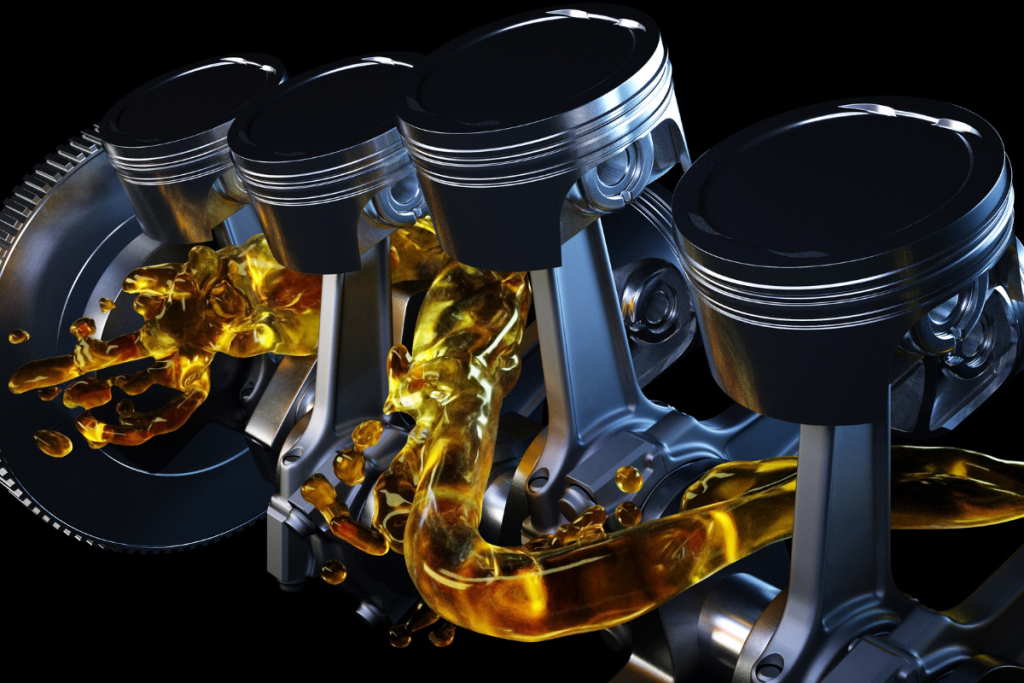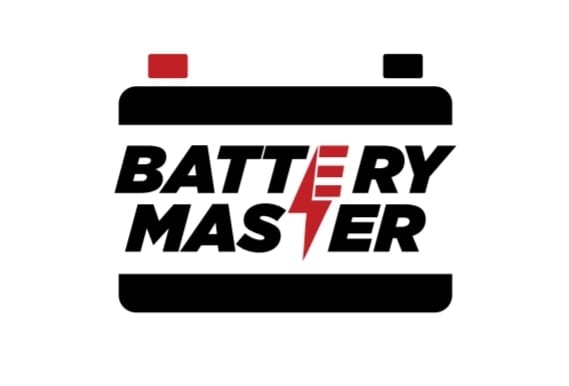Lubricants are chemicals that are used to lessen friction between moving components in machinery and equipment. Shell lubricants reduce wear and heat production and come in a variety of forms, including oils, greases, and dry powders. Metal-to-metal contact, which can result in damage and decreased efficiency, is avoided by lubricants’ protective barrier.
They are crucial for guaranteeing efficient operations and extending the life of equipment in sectors including aviation, manufacturing, and the automobile industry. For diverse mechanical systems to operate as efficiently and effectively as possible, proper lubrication maintenance is essential.
Different Types of Lubricants and Their Applications
By minimizing friction and wear between moving components, lubricants are essential in many different industries and applications. Shell lubricants are available in a variety of formulas, each with a focus on a particular objective. Below is a description of numerous lubricant kinds and their applications, emphasizing their importance in diverse industries.
Mineral Oil Lubricants
Some of the most widely used lubricants have a mineral oil basis. They are made of petroleum and have superior lubricating qualities. These lubricants are economical and appropriate for multipurpose use. In vehicle engines, gearboxes, and industrial machinery, they are widely used.
Synthetic Lubricants
Lubricants made of synthetic materials are designed to operate better under difficult circumstances. They have remarkable stability, viscosity, and temperature tolerance and are produced chemically. In high-temperature industrial operations, aviation, and racing engines, these lubricants are often used. Shell lubricants lessen wear, heat, and friction in crucial components.
Greases
Grease is a type of semi-solid lubricant made up of a basic oil plus a thickener like calcium or lithium soap. They are perfect for circumstances requiring adhesion to vertical or overhanging surfaces. Grease is frequently used in machinery, bearings, and automobile parts that are exposed to water or severe climatic conditions.
Dry Lubricants
A layer that reduces friction is produced between surfaces by dry lubricants, which are frequently in the form of powders or sprays. They are frequently employed in situations where the use of liquid lubricants is undesirable or unfeasible. Locks, hinges, and food processing equipment are just a few examples of the places where dry lubricants are used.
Penetrating Lubricants
These kinds of lubricants shield numerous stuck-bolt warriors. Penetrating lubricants are not designed for long-lasting lubrication of these covered parts. These oils are specifically designed for only one specific goal, which is to infiltrate the small gaps over the surfaces, to promote lubrication, and to break up the rust. This is really reasonable because of their low viscosity.

Solid Lubricants
There are several different types of solid lubricants, including graphite, molybdenum disulfide, and PTFE (polytetrafluoroethylene). They are employed when conventional liquid lubricants are either inefficient or impracticable. In vacuum settings, high-temperature situations, and locations where contamination must be kept to a minimum, solid lubricants offer excellent lubrication.
Conclusion
In the mechanical and automotive sectors, lubricants are essential for lowering friction and wear, prolonging the life of equipment, and improving performance. Shell Lubricants from Battery Master increase effectiveness, cut down on energy use, and guard against expensive breakdowns. You can contact the site at your convenience via mobile phone or email.
Email Address- sales@batterymasteruae.com or Whatsapp number- +971566331755



